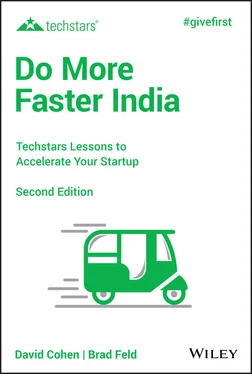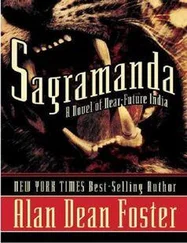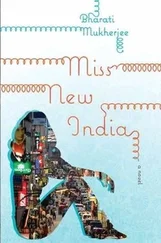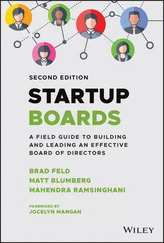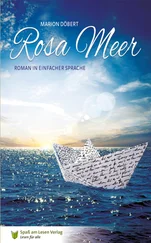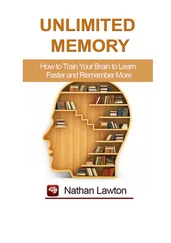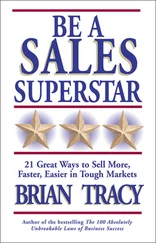After a few tests I realized that Yahoo! was flagging all of our emails as spam. Since this was out of my control, I contacted Yahoo! to solve what I thought would be a trivial nontechnical problem so that I could go back to my fun and complicated Amazon S3 project. Yahoo! replied to my request warning me that our company was not following well-known standards to deliver email and that certain content was consistently triggering their spam filter.
I researched the flagging email problem and looked for solutions. But the available solutions were not straightforward. Ultimately, I spent weeks understanding the issues, fine-tuning our servers, altering our code, and working with ISPs. I kept thinking about how lucky my company was that I was an experienced and motivated software developer with extensive systems administration experience. Most of the people who were being affected by the problem didn’t even know it!
One weekend I thought about how ironic it was that a solution to one problem (spam-filtering technology) had introduced another critical problem. Spam filters were filtering out most of the spam emails—as they should—but legitimate emails were also being filtered! I wondered how many other subtle problems relating to email existed, and, to my surprise, there were many. I started wondering if I had email deliverability issues with other ISPs. What happened to emails after they were delivered? Who was opening and clicking on links in my emails? Why did companies with applications that generated legitimate transactional email have to worry about CAN-SPAM laws in the first place? It occurred to me that there must be thousands of companies having the kinds of problems that I had just experienced.
Sure enough, I found a report that said that a major electronic commerce vendor loses $14 million for every 1% of their legitimate email that is not delivered. So, I dug deeper.
I started speaking with companies that managed application-generated email. I learned that my theory was correct. Many of them knew that too many of their legitimate emails were being trapped by spam filters and almost all of them were simply living with the pain because they didn’t know how or have the time to fix it. So, I started SendGrid, which makes solving this problem a trivial exercise.
When we offered dozens of companies SendGrid for $100 per month, they all said yes. We raised the price to $300 per month, and they all said yes. $500?—yes. Today, we are working with thousands of companies, including well-known ones like Uber, Spotify, and Yelp. When you’re selling a solution to a problem and you find that nobody is saying no to your prices, you’ve found some serious pain. We’re building SendGrid to solve a very specific problem that I discovered just by paying attention.
About those pesky and annoying customers that alerted me to the problem? I’m grateful that they raised the issue, and so are the over 150,000 SendGrid customers who are benefiting from our service!
Many Techstars founders—like Isaac—are deeply technical. As you have just read, SendGrid emerged from a specific pain that Isaac encountered in a previous job. While Internet email has been around for a very long time, and commercial Internet email has been around for more than 20 years, new issues continue to arise. Isaac took a fresh look at the problem as a user and realized that even though there are many companies addressing different aspects of email, no one was solving the specific problem he faced.
When we first met Isaac, we knew that he was a technical rock star and had done some clever things, but we didn’t realize the breadth and impact of the approach he was taking to solving this problem. Furthermore, neither did he. It wasn’t clear how much people would be willing to pay, if anything. We encouraged Isaac to get out there, talk and listen to customers, and sign them up!
As a tech guy, Isaac wasn’t comfortable dealing with customers; he would rather sit in front of his computer and hack on code. But we, and his Techstars mentors, pushed him to go talk to people. At first, he talked to other software developers, people he was comfortable with and who typically came back with uniformly positive responses. Then he started talking to nontechnical executives of other web companies who were equally enthusiastic. Within a few weeks, Isaac realized how powerful it was to talk to the early users, as they all quickly signed up, started using SendGrid, and gave him immediate feedback on their specific pain, resulting in a much more relevant product. Billions of emails later, it’s clear that SendGrid solves a very real problem.
Isaac’s experience (look for the pain) is one of the most common approaches to starting a business. Where is the pain? Look for things that frustrate you. Search for situations where you can’t get things done easily or quickly or where things are inconvenient, involve red tape, or are expensive. You don’t even need customers to look for pain—it can come from your own experience or from random people you meet. But solving for a specific pain is one of the surest ways to create a sustainable business.
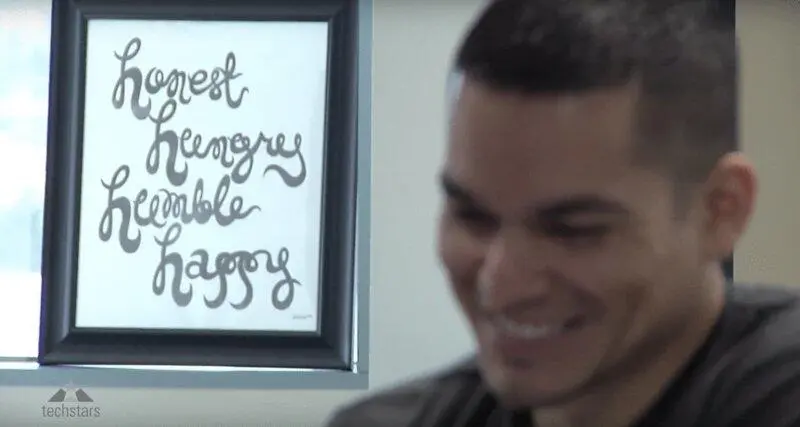
Isaac Saldana focused on values by creating SendGrid’s four Hs. Isaac has since joined Techstars as a leader at Techstars Studio.
Chapter 6 Get Feedback Early
Nate Abbott and Natty Zola
Nate and Natty are the cofounders of Everlater, an easy and fun way to share your travel experiences. Everlater raised capital from Highway 12 Ventures after completing the Techstars accelerator in 2009. Everlater was later acquired by AOL/Mapquest. Nate is now head of product at Front and Natty is currently the managing director of the Techstars Boulder accelerator.
When we set out to build a travel website, we were two finance professionals with zero practical knowledge of software development or how to run an Internet company. We didn’t know what we didn’t know. So, as an absolute necessity, we set out to share our ideas early and often with as many smart people as we could find.
First, we reached out to any of our friends and family who would talk to us. While our network wasn’t rich with savvy Internet personalities or experienced engineers, we knew a lot of folks who wanted to see us succeed—and most of them traveled! We talked to them about how they found hotels, whether they liked scrapbooks, and whom they trusted online. We shared our opinions and received loads of feedback. From this, we stitched together a Frankenstein monster of an idea from our experiences, perceived market needs, and the invaluable advice of friends and family.
With our Franken-idea in hand, we set out to implement it. However, since we were new to programming, we had no experience and few resources with which to teach ourselves. As a result, we turned to the developer community with questions and open minds. Without their support, guidance, and ideas, we would have been lost. It also made our project more fun, as we got lots of smart developers helping us to realize our idea. Many of their suggestions became the backbone of our company.
Finally, we had to turn our science project into a real company. Our philosophy was to meet with anyone and everyone we could. We never knew what experience or ideas would come from the people we met, and we believed people have a sneaky way of surprising you with the unexpected.
As we progressed, we realized that even experienced entrepreneurs forget to get enough feedback on their ideas. We regularly experienced this every time we used a piece of software or web service that wasn’t well thought out. Even as we became a more mature (although still very young) company, we still shared ideas early and often, not just with mentors, but also with our customers and partners. We hope that the advice we’re gleaning today will pay dividends as large as the ones we’ve already received.
Читать дальше
